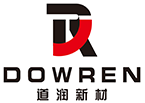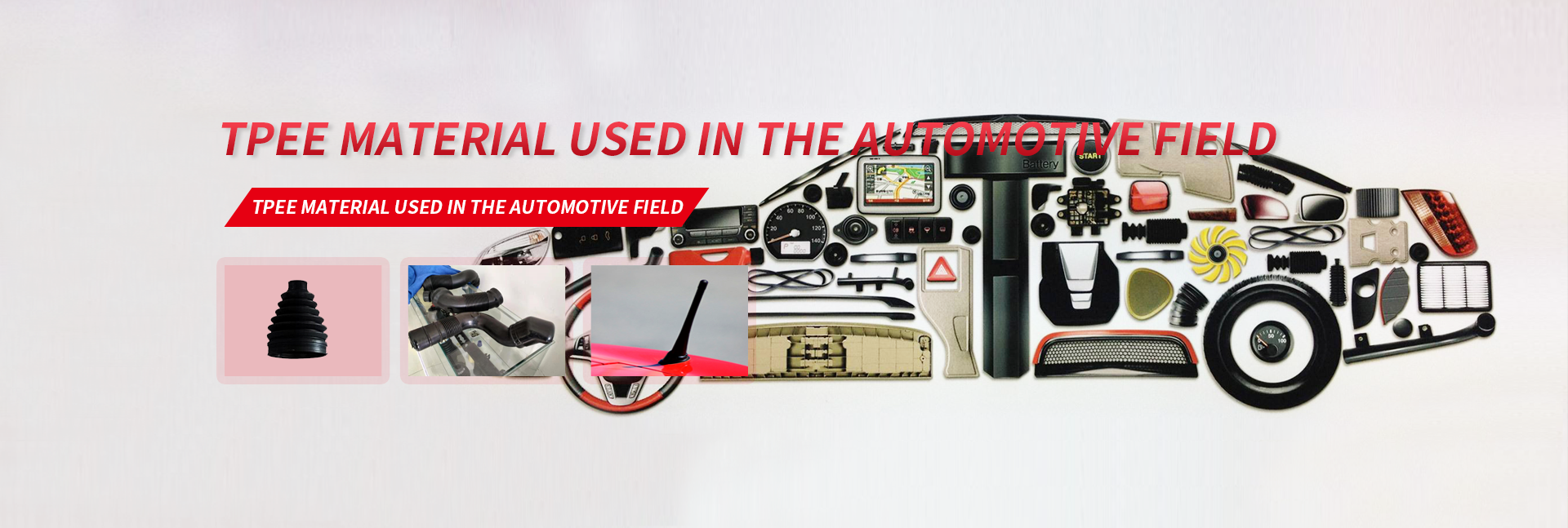Commonalities and differences between PTFE and PFA
Time of issue:2024-12-10 16:08
source:
author:
PFA (perfluoroalkoxy resins) and PTFE (polytetrafluoroethylene) are both fluoropolymers made by polymerisation of tetrafluoroethylene and have some similar properties, but there are significant differences in structure and application.
Commonalities:
1. Chemical stability:
Both have very high chemical stability, and can resist most chemicals, including strong acids, alkalis and organic solvents.
2. High temperature resistance:
Both PFA and PTFE are stable at very high temperatures. PTFE's continuous use temperature is usually as high as 260°C, while PFA's is slightly lower, with a single page approaching 260°C.
3. Low coefficient of friction
Both surfaces are very smooth with extremely low coefficient of friction, providing excellent self-lubricating properties.
4. Non-sticky
Extremely low surface energy and anti-adhesive properties, so it is widely used in non-stick coating and anti-staining materials.
5. Electrically insulating:
Both have very high dielectric strength and excellent insulating properties.
Difference:
1. molecular structure:
PTFE is made of tetrafluoroethylene monomer polymerisation, the molecular structure contains only C-F bond, chain structure of high degree of regularity.
PFA is based on PTFE introduced a small number of perfluoroalkoxy side groups (-OCF₂-), to improve the flexibility of the molecular chain.
2. Processability:
PTFE cannot be moulded by conventional melt processing methods (e.g. injection moulding or extrusion) and usually requires a sintering process.
PFA can be moulded by melt processing, which makes it more convenient for the production of complex shapes and high-precision products.
3. Mechanical properties:
PTFE is harder and more rigid, but less tough and prone to cold flow.
PFA has better toughness and impact resistance, strong resistance to cracking, and performs better especially at low temperatures.
4. Transparency:
PTFE is milky white opaque.
PFA is usually transparent or translucent.
5. Heat resistance:
Although both are resistant to high temperatures, PTFE's heat resistance is slightly better than PFA.
6. range of applications:
PTFE is commonly used in seals, linings, bearings and other scenarios that require high heat resistance and chemical stability.
PFA is more suitable for use as transparent anti-corrosion coatings, high-purity chemical containers, and components requiring complex shapes.
In summary, PTFE places more emphasis on extreme heat resistance and chemical stability, while PFA excels in specific applications due to its processability and toughness.
DOWREN NEW MATERIAL (HENAN) CO.,LTD
TELL:Selina.Liu +86-0393-8993626 / +86 18137458807
ADD:150 meters north of the intersection of Zhongyuan Road and Pushang Road, Puyang City,Henan Province
EMAIL:dowren@dowren.com

WhatsApp (+86 18137458807)





